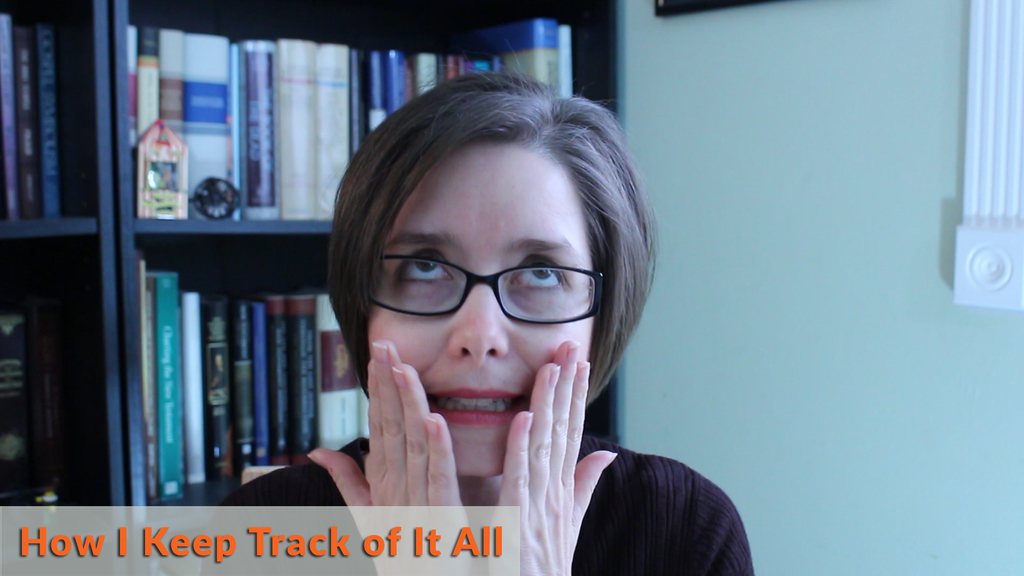After 15+ years of homeschooling, my oldest is off to college in the fall.
And I have three more kids -- ages 12 to 16 -- who are still homeschooling.
So we have a lot of teenagers at my house right now. And homeschooling teenagers is different than homeschooling young kids.
They’re more independent.
They can make their own lunch and they can do all their own laundry. And, joy, they can drive themselves to activities once they have a license!
But homeschooling teenagers is definitely a different ballgame BECAUSE they are more independent.
You have to approach it differently. You have to structure your day AND your expectations differently.
And the #1 secret to homeschooling teenagers is what I’m going to share today …
It’s a secret that was shared with me years ago by a veteran homeschool mom and now I’m sharing it with you. 🙂
Download Your FREE
College List Master Template
Transcript
Hello, ToriAnn Perkey here, and today I want to talk about the number one secret rule when it comes to homeschooling a teenager. I have four kids. They're all in teenager mode. And this year I just graduated my first teenager. Officially, she's headed off to college in the fall, and I'm so excited for her. That means that I officially homeschooled her the entire way through her educational experience all the way from kindergarten.
We actually started in preschool up through 12th grade. And I can't take all the credit. Of course she worked so hard and she is going to go off and do amazing things. And so now that I'm looking back and thinking “What was the hardest thing? What was the secret that I kind of wish I could share with other people about what it took to go from point A to point B with her specifically as a teenager?” And I want to tell you that I think the very hardest thing is actually trusting that she was going to turn out.
Okay, now I know that every teenager is unique, but I'm here to tell you there is a time period in that teenage stage where you look at that kid and you think there is no way that child is going to turn out. There is no way. And it's usually 12, 13, 14. And I know because right now I'm looking at my 12 and my 14 and even my 16, and I think there is no way this child is going to turn out.
And that's what I used to think about my daughter. I used to think she ... she's quirky. She had these quirks that I thought were there was no way she was going to grow out of them. She was really, really distracted all of the time. She had such a hard time getting her schoolwork done. She would take forever getting her assignment completed. She would worry about assignment. She would freak out about assignments. We had fits about writing papers, and we had lots and lots of stress when it came to you know how to do math. And and I would look at her and I would think, “How does this kid become a successful adult?” That's where I would think.
And now I'm looking at her and I'm realizing ... I'm realizing that she has turned somehow, miraculously, into a successful adult. And I don't think it's because we did anything all that special. I think I just needed to trust the process. Trust that her brain was going to kick in. Trust that all these things we were doing we're going to work. And so now that I look at my 12 and my 14 in my 16, I'm working really hard to trust the process there -- to trust that their embryonic adulthood state is going to turn into something amazing as long as we continue along the path that we are going on.
So that's my number one secret rule about getting this homeschooling thing working for your teenagers. It's that you have to trust that what they look like. A 12, 13, 14, 15, even 16 is not what they're going to look like at 18 and beyond. Isn't that exciting and hopeful? I find so much hope in that. So that's my my tip for you today -- my tip.
Now I have other tips that I'd like to offer you as well. I have a special college master list. It's really cool. It's something we started a long time ago with my daughter. I've got one for all my other kids. And it's an easy, easy way to keep track of everything they're doing so that when they get to ... you get to that application stage, you have it all mapped out for you. And it's free in my Homeschool Help Center. Just click on the link above or down below -- you know, wherever you're watching this video. You can go grab that master college list for free.
And I have several other helpful things for you in that Homeschool Help Center as well. And those are for you just to ... you know, help your homeschool be a little bit better, just like these videos. Because you know, I'm ToriAnn Perkey, and I make these videos every week so that you can be a successful and confident homeschool mom.
Save for later by pinning to your favorite Pinterest board!






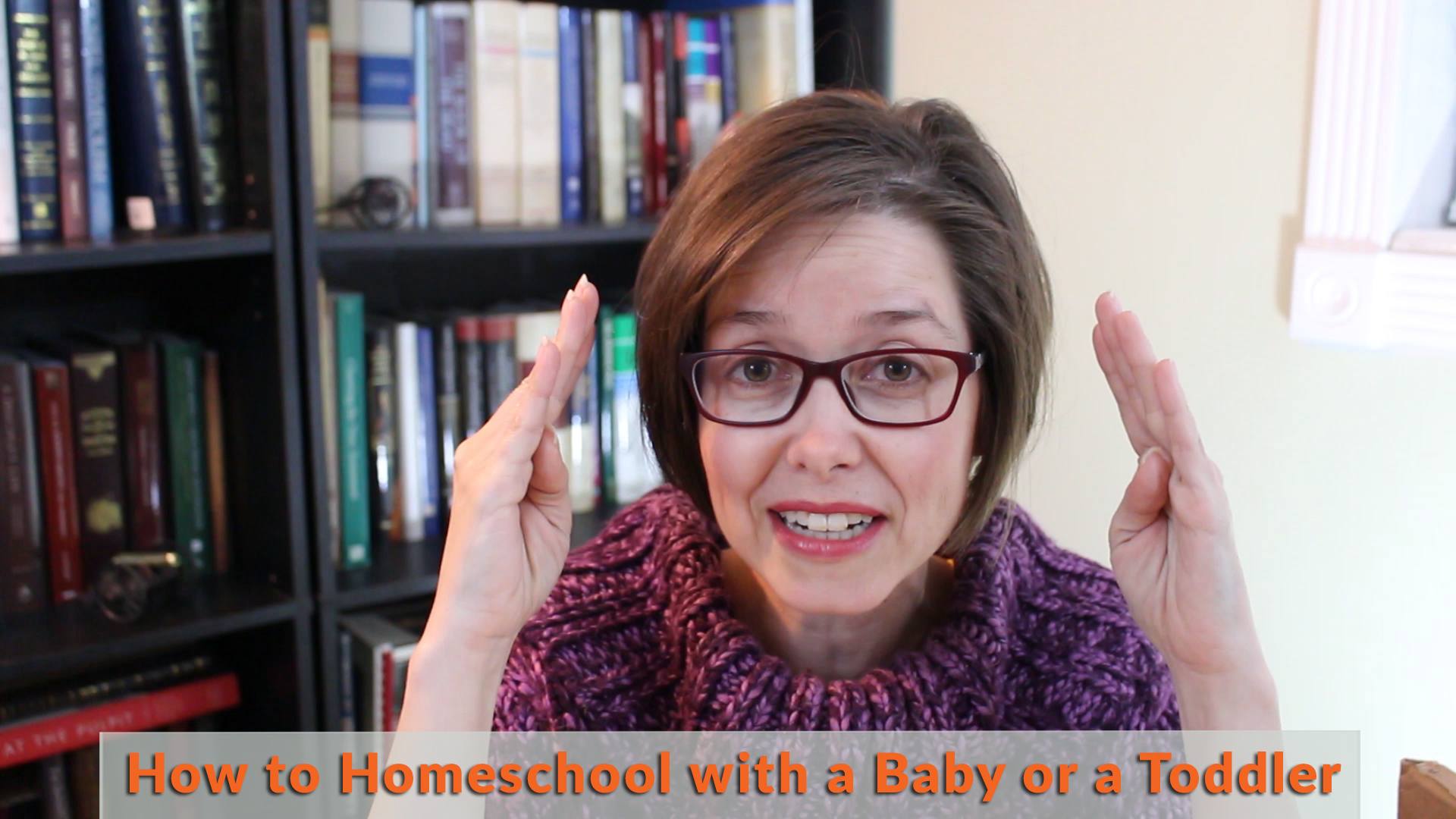
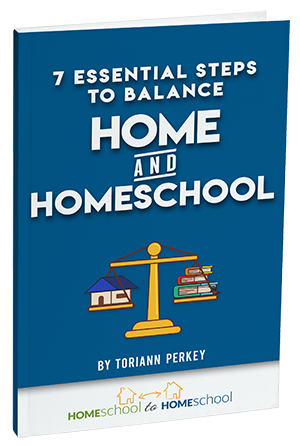
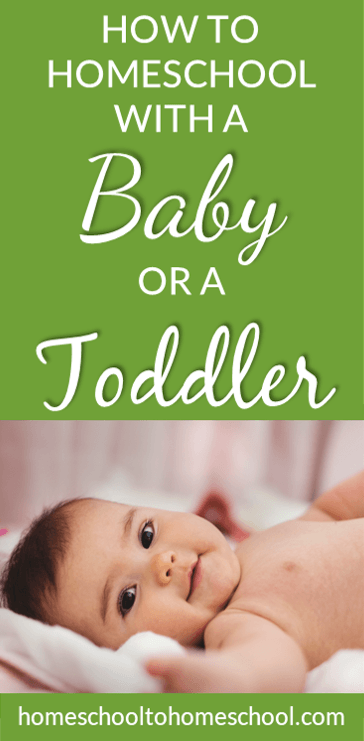
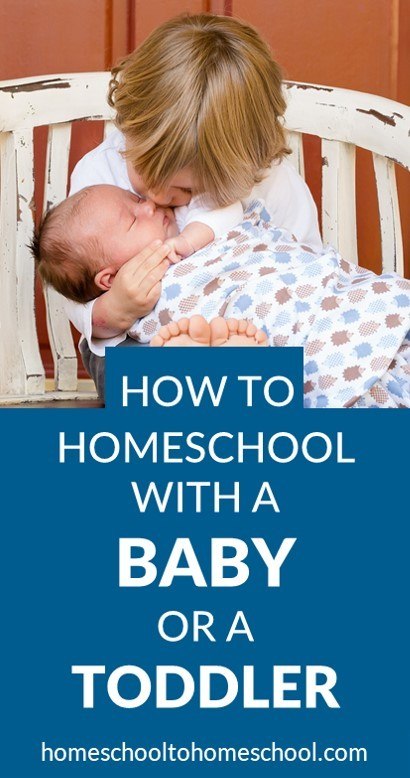
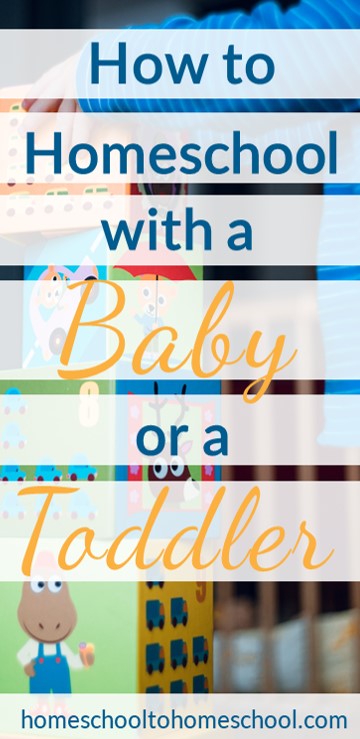
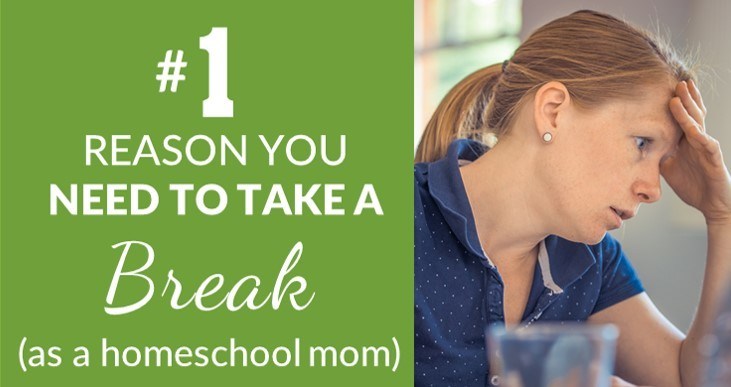

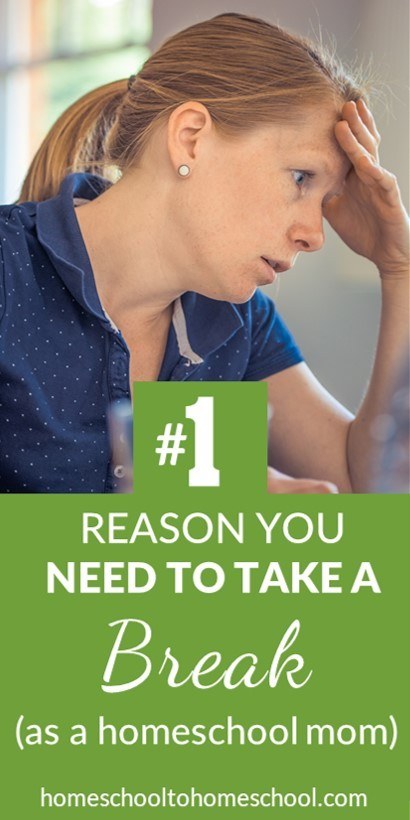
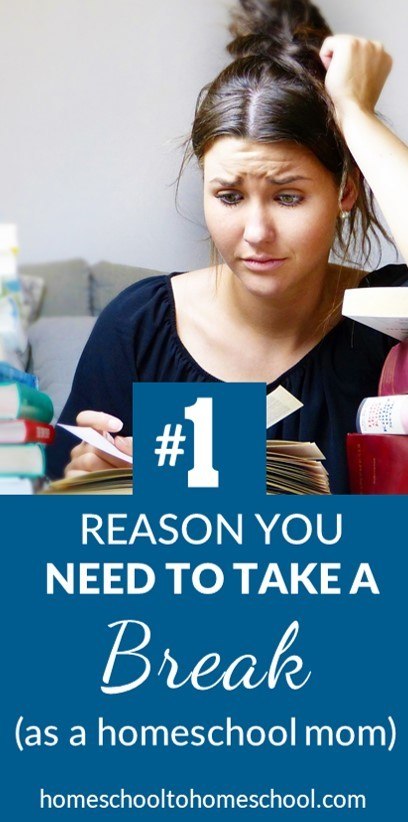
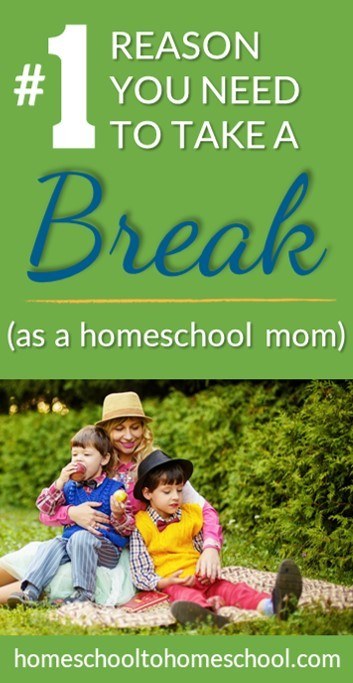
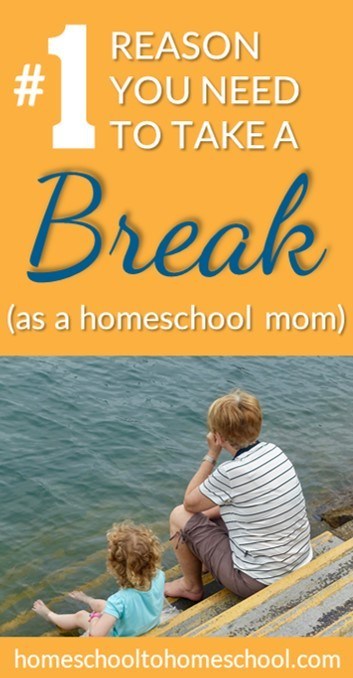
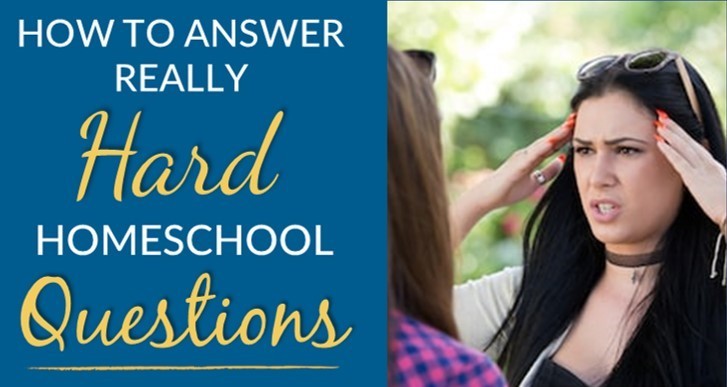


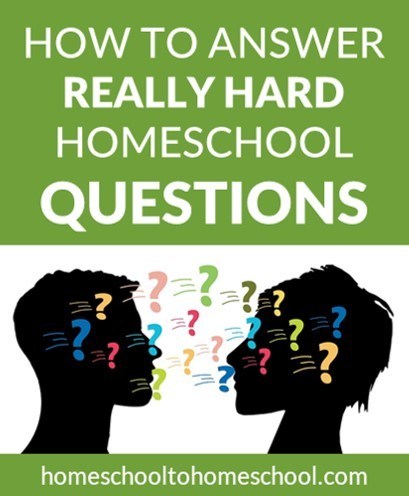

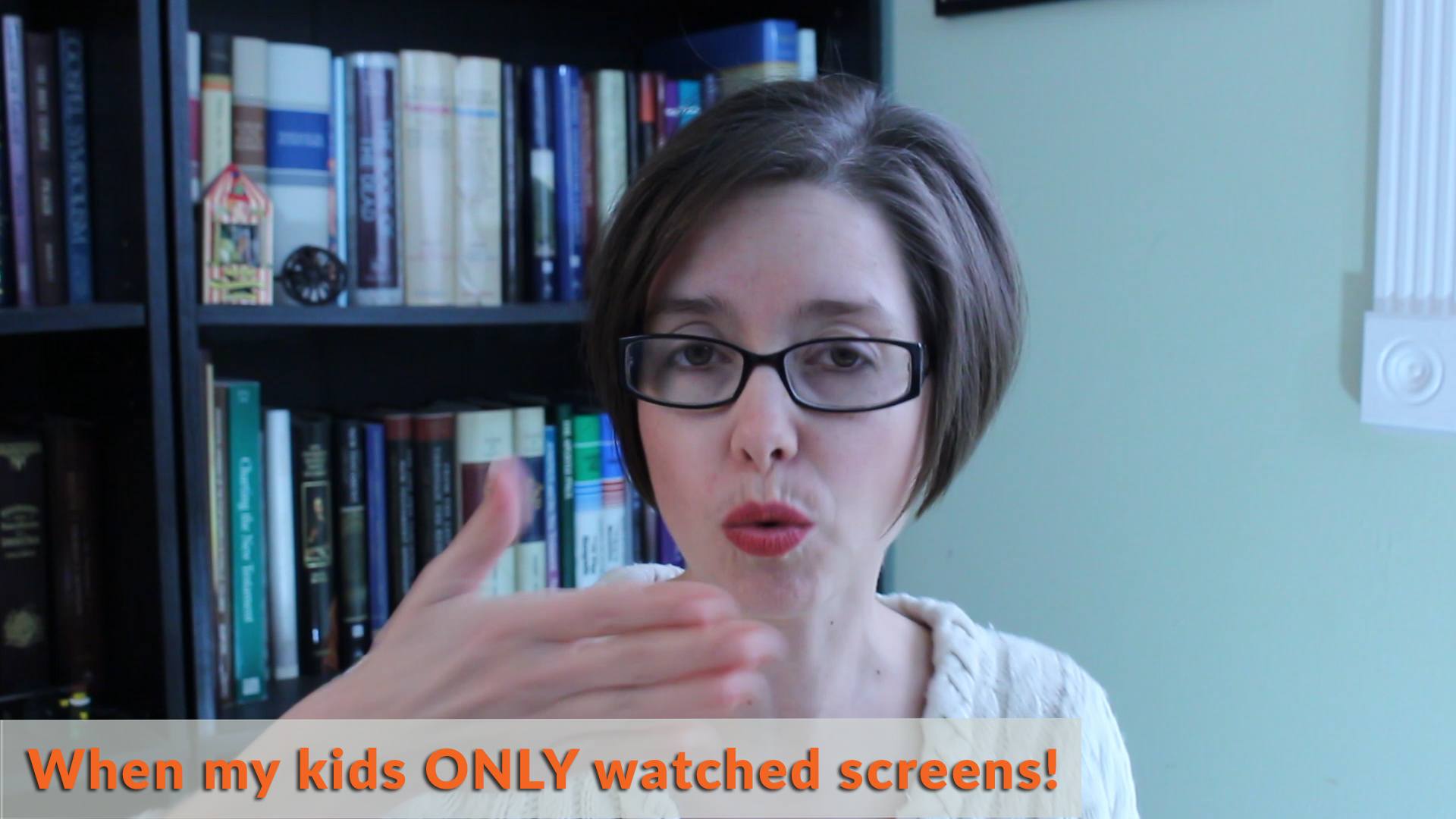

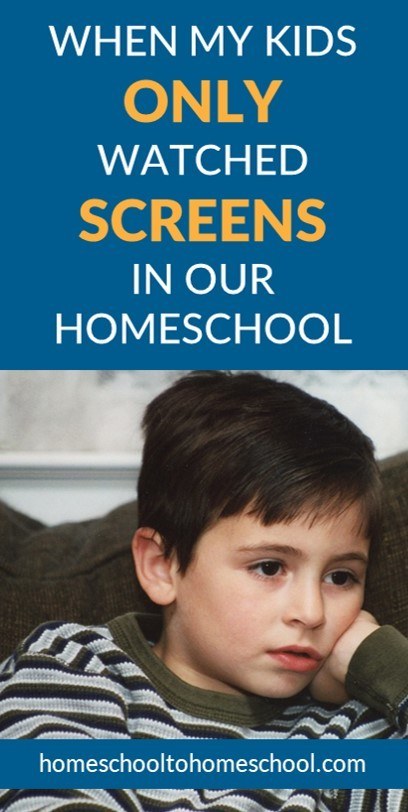

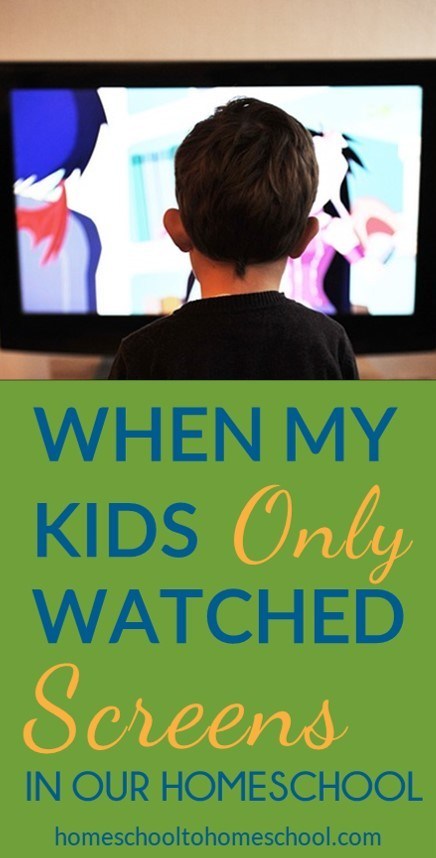





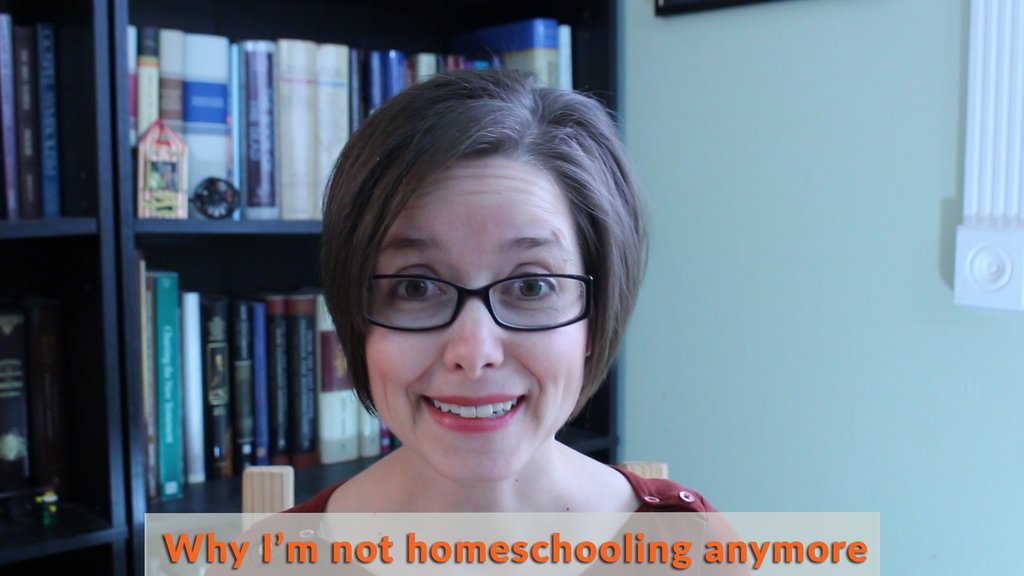
![53 Bite Sized Reading Why I LOVE Bite-Size Reading [FREE DOWNLOAD]](https://homeschooltohomeschool.com/wp-content/uploads/2018/04/53-Bite-Sized-Reading-1024x576.jpg)
